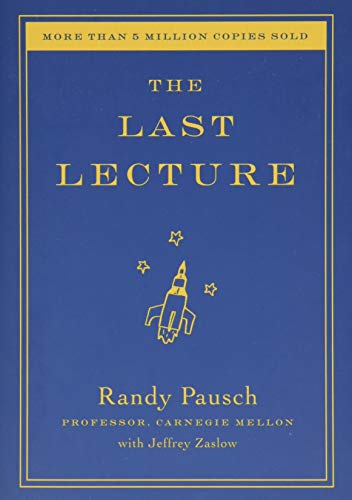Give and Take
Think you might want to read this book?
Are you a Giver, Taker, or Matcher? In Give and Take, Adam Grant explains how our style of interacting with others shapes us and our organizations. His two main claims are: 1. Takers achieve short-term, individual success, but Givers are inherently better leaders. 2. Givers need to learn how to not get taken advantage of and avoid burnout in order to be successful. Full of research as to why Givers end up polarized on the success continuum, Give and Take also explores how giving sparks pronoia (the long-term impact of five-minute favors), why powerless communication is really powerful, and the damage caused by the responsibility bias. This book is great for anyone struggling with their role in an organization, their relationship with a direct report, team dynamics, or the psychology of leadership.
What Would Socrates Ask?
How do we support teachers so they don’t suffer from “giver burnout”?
Should all members of a school have at least one goal a year where they commit to helping others?
Should schools create more intentional mentoring programs to support teachers more directly?
How should our knowledge of Givers vs. Takers impact hiring, evaluations, compensation, and promotions at schools?
How do we create systems where Givers naturally succeed?
How can we use “powerless communication” to empower students?
Are we underestimating/underappreciating the Givers in our midst?
Is it possible that giving more (while also giving in the right way) could revitalize teachers instead of draining them?
Research
The benefits of volunteering seem to peak at about 100 hours per year (so two hours or so a week).
Concepts
Great code of honor to live by: “(1) Show up. (2) Work hard. (3) Be kind. (4) Take the high road.”
“Powerful vs. Powerless” communication- Takers speak forcefully, raise their voice, express certainty, promote their accomplishments, convey anger and issue threats while Givers express doubt and rely on the opinions of others. Powerless communication is more effective long-term.
Matchers operate with a quid pro quo mentality. They will do for those they owe and expect things to be done for them when they are owed.
Givers consistently end up at the top and bottom of the success continuum- they either thrive or get taken advantage of professionally.
When Givers succeed, it cascades throughout an organization.
Collaborative efforts cannot succeed without Givers.
You should do any favor for anyone if it can be done in five minutes or less.
Pronoia - “The delusional belief that others are plotting your well-being, or saying nice things about you behind your back.” (A good practice if you are a giver.)
Givers give even when glamour is low and when the group is in need.
Great work is done by groups, not individuals.
Givers will often accumulate idiosyncrasy credits- permission to deviate from the norm/propose off the wall ideas because of their giving in the past.
Responsibility Bias - “Exaggerating our own contributions relative to others’ inputs.”
Psychological Safety - “The belief that you can take a risk without being penalized or punished.”
The “helpers high” is how we feel when we help others.
Quotes from the author
“The Takers were black holes. They sucked the energy from those around them. The Givers were suns: they injected light around the organization.”
“When concern for others is coupled with a healthy dose of concern for the self, Givers are less prone to burning out and getting burned--and they’re better positioned to flourish.”
“The thing about credit is that it’s not zero-sum. There’s room for everybody, and you’ll shine if other people are shining.”
“...seeking advice is among the most effective ways to influence peers, superiors, and subordinates.”
“As Takers gain power, they pay less attention to how they’re perceived by those below and next to them; they feel entitled to pursue self-serving goals and claim as much value as they can.”
Quotes from Others
“The true measure of a man is how he treats someone who can do him absolutely no good.” - Samuel Johnson
“You should be willing to do something that will take you five minutes or less for anybody.” - Adam Rifkin
“Wait long enough, and people will surprise and impress you.” - Randy Pausch
Implement tomorrow?
Treat every interaction with students, parents, colleagues, and administrators as part of your art as a linchpin. Make eye contact, show sincere interest, make connections, encourage others, and treat others with the respect, dignity, and kindness they deserve.
Schedule one-on-one conferences with your students. Ask them what their interests are. Tell them when you see a gift that they possess, even if it is a tiny glimmer or flickering spark. Fuel this. Empower each of your students to be the linchpins that they will need to be in this ever-changing world.
As teachers, think deeply about what your unique gifts are, and find ways to use these gifts to solve the interesting problems facing your school. Becoming a linchpin yourself is one of the best ways to inspire others to be linchpins.
Organizations Working on Answers
Gateways to Further Learning
From this TED Talk- you can tease out giver and takers in a job interview by asking them to name four people whose careers they have highly influenced. Givers generally will list those who report to them and Takers will usually list people above them in the hierarchy.
Referenced books for purchase
The applicability of this book to education is ….
Resources
















